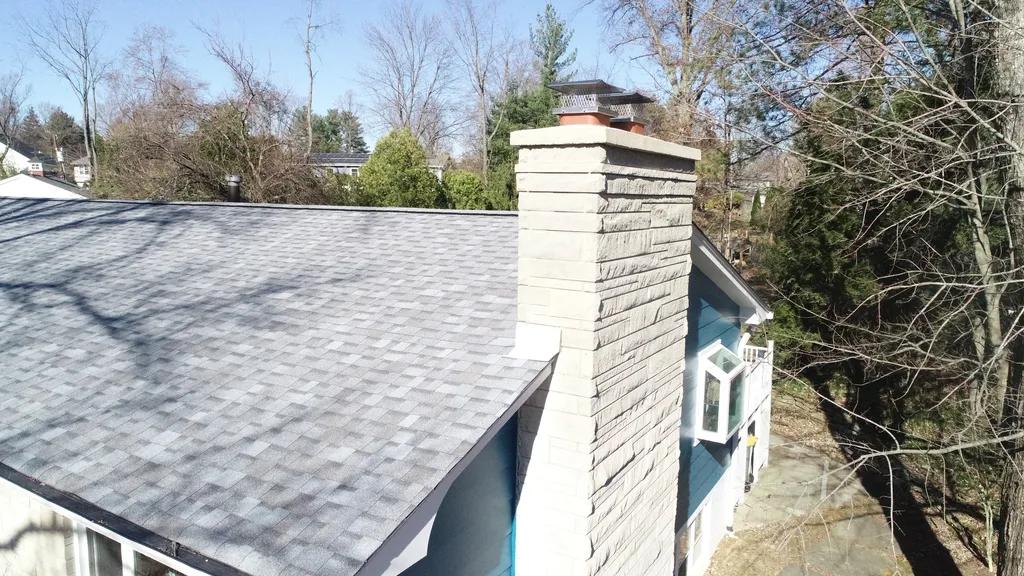Indiana brick foundations can be beautiful and durable, but they are not immune to cracks. Identifying the common causes of brick foundation cracks is crucial in order to address them effectively and prevent further damage. In this article, we will explore some of the most frequent reasons why brick foundations in Indiana develop cracks, and provide insights on how to recognize and address these issues. By understanding these common causes, homeowners and contractors can take proactive measures to protect and maintain the integrity of their brick foundations.
Table of Contents
- :
- Signs of Water Damage and Poor Drainage
- Compaction and Settling of Soil
- Impact of Tree Roots on Foundation
- Preventative Measures and Repair Options
- Q&A
- In Summary

:
Brick foundation cracks in Indiana homes can be caused by a variety of factors. It’s important to identify the common causes to ensure proper repair and prevent future damage. Here are some key factors to consider:
- Settling: As the soil underneath a home shifts and settles, it can put pressure on the foundation, causing cracks to form in the brick.
- Water damage: Excess water from heavy rainfall or poor drainage can seep into the foundation, weakening the brick and leading to cracks.
- Tree roots: Nearby trees can extend their roots underneath a home, putting pressure on the foundation and causing cracks to appear.

Signs of Water Damage and Poor Drainage
One common cause of brick foundation cracks in Indiana homes is water damage and poor drainage. Identifying the signs of water damage early on can help prevent further structural issues. Some common signs to look out for include:
- Cracks in the foundation: If you notice cracks in your brick foundation, it could be a sign of water damage. These cracks can allow water to seep into the foundation and weaken its structure.
- Mold or mildew: Excess moisture from poor drainage can lead to the growth of mold and mildew on your walls or floors. This can not only damage your home but also pose health risks to you and your family.
- Musty odor: A musty smell in your basement or crawl space is a clear indicator of water damage. This odor is often caused by stagnant water that has seeped into the foundation.
Improving drainage around your home is crucial in preventing water damage to your brick foundation. Some ways to address poor drainage include:
- Installing gutters and downspouts: Properly functioning gutters and downspouts can divert water away from your home’s foundation, preventing water damage.
- French drains: French drains can help redirect water away from your foundation by creating a drainage system that collects and channels water away from your home.
- Grade your yard: Ensuring that the ground around your home slopes away from the foundation can help prevent water from pooling near the base of your house.

Compaction and Settling of Soil
When it comes to Indiana brick foundation cracks, one of the common causes is . Soil compaction occurs when the soil becomes densely packed, which can put pressure on the foundation and lead to cracks. Settlement of the soil happens when the ground shifts or sinks, causing the foundation to move and crack as a result. It’s essential to understand and address these issues to prevent further damage to your property.
Identifying the root causes of compaction and settling can help you take the necessary steps to protect your foundation. Some common factors that contribute to these problems include:
- Poor drainage leading to soil saturation
- Excessive moisture causing soil expansion
- Tree roots growing near the foundation
- Improperly compacted fill soil during construction

Impact of Tree Roots on Foundation
The roots of trees can have a significant impact on the foundation of a home, especially when it comes to brick foundations in Indiana. These roots have the potential to cause cracks in the foundation, which can lead to serious structural issues if not addressed promptly. One of the common causes of foundation cracks in Indiana is tree roots growing too close to the foundation and exerting pressure on it.
Identifying the signs of tree roots impacting your Indiana brick foundation is crucial in preventing further damage. Some common indicators include visible cracks in the foundation, uneven floors, and doors and windows that are difficult to open or close. It is important to address these issues as soon as they are noticed to prevent the problem from worsening. In some cases, professional help may be needed to safely remove the tree roots and repair any damage to the foundation.

Preventative Measures and Repair Options
One of the most common causes of brick foundation cracks in Indiana is soil movement. Expansive clay soil, which is prevalent in the state, can swell and shrink with changes in moisture levels, putting pressure on the foundation and leading to cracks. Poor soil compaction during construction can also contribute to foundation issues. Additionally, tree roots seeking moisture can disrupt the soil around the foundation, causing it to shift and crack.
To prevent and repair brick foundation cracks, homeowners in Indiana should consider the following measures:
- Ensure proper drainage around the foundation to prevent water from pooling and saturating the soil.
- Install a root barrier to prevent tree roots from reaching the foundation.
- Monitor moisture levels in the soil and address any drainage issues promptly.
- Consult with a professional foundation repair specialist for expert advice and solutions.
Q&A
Q: What are some common causes of brick foundation cracks in Indiana homes?
A: There are several common causes of brick foundation cracks in Indiana homes, including soil settlement, water damage, tree roots, and poor construction practices.
Q: How does soil settlement contribute to brick foundation cracks?
A: Soil settlement occurs when the soil beneath the foundation shifts or compacts, causing the foundation to settle unevenly and potentially crack the bricks.
Q: What role does water damage play in causing foundation cracks?
A: Water damage can weaken the foundation by eroding the soil beneath it or causing hydrostatic pressure, which can lead to cracks in the bricks.
Q: How do tree roots impact brick foundation stability?
A: Tree roots can grow beneath the foundation and exert pressure on it as they expand, leading to cracks in the bricks.
Q: What are some examples of poor construction practices that can cause brick foundation cracks?
A: Poor construction practices such as insufficient reinforcement, improper drainage, or inadequate soil compaction can all contribute to brick foundation cracks.
Q: How can homeowners address brick foundation cracks in their Indiana homes?
A: Homeowners can address brick foundation cracks by repairing any visible cracks, addressing any underlying issues such as water damage or tree roots, and consulting with a professional foundation repair specialist if necessary.
In Summary
In conclusion, identifying the common causes of Indiana brick foundation cracks is crucial in order to address any damages promptly and effectively. By understanding potential issues such as soil movement, water infiltration, and structural settling, homeowners can take proactive steps to prevent further damage and protect their investments. Regular inspections and maintenance are key to ensuring the integrity of your home’s foundation. If you notice any signs of foundation issues, it is recommended to consult with a professional for a thorough assessment and appropriate repairs. Remember, a solid foundation is essential for the longevity and stability of your home. Thank you for reading and we hope this information has been helpful in maintaining the structural integrity of your property.


